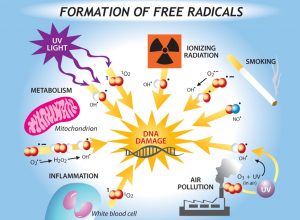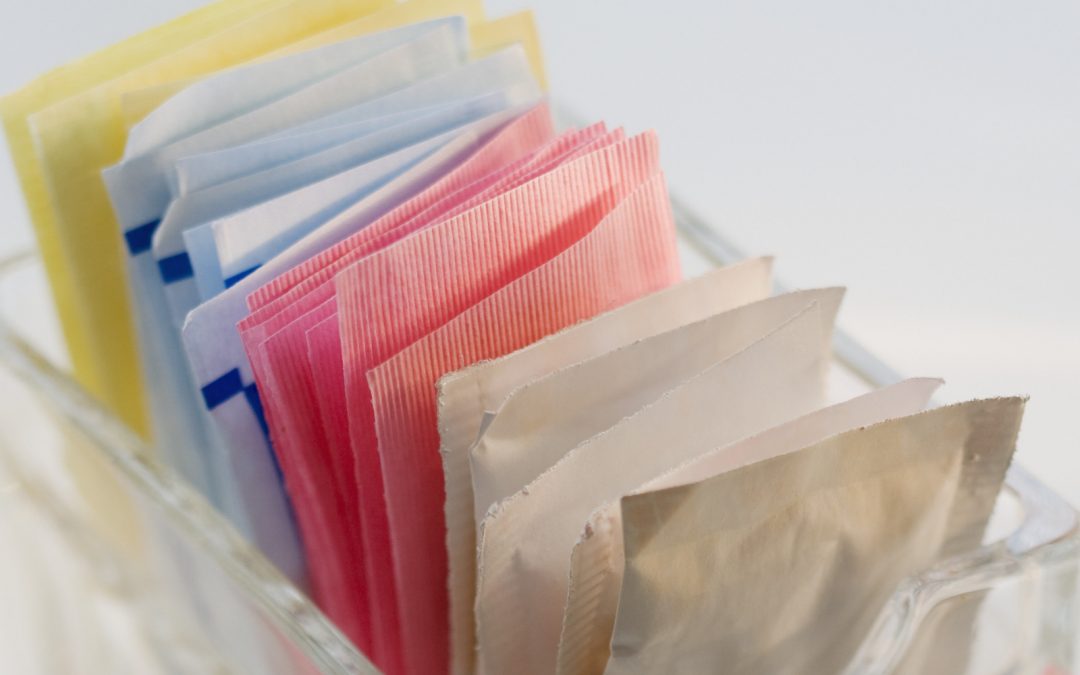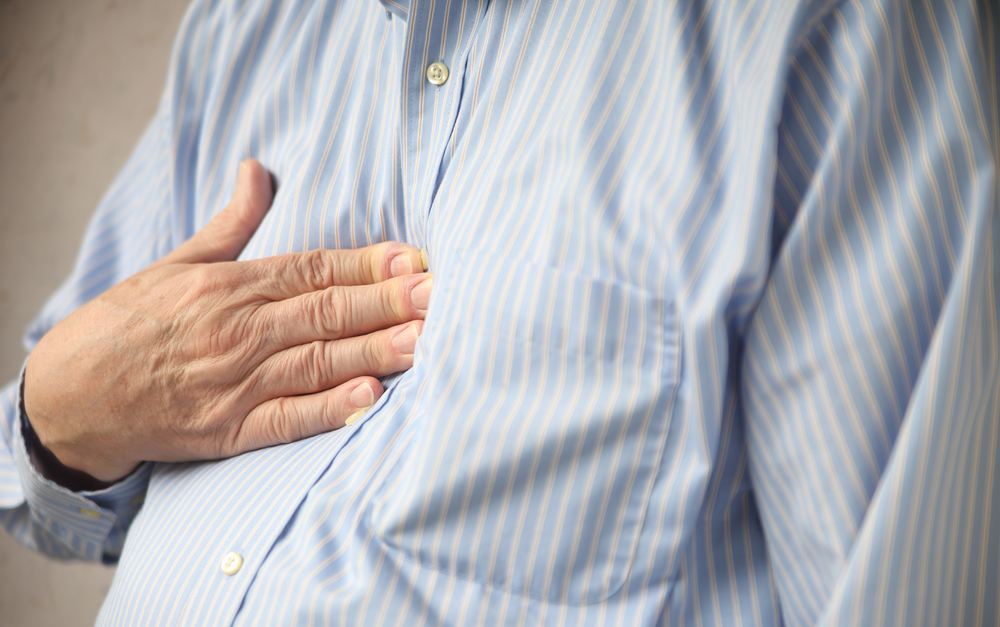Growth hormone (GH) is a peptide hormone that is intimately involved in tissue growth and repair. Together with insulin-like growth factor 1 (IGF-1), GH helps regulate metabolism and maintain normal brain and cardiac function. Secretion of GH falls dramatically with aging, correlating with age-related symptoms such as disordered sleep patterns, fragile bones, cognitive decline, and decreased muscle mass and strength. Given the mixed results and the high cost of subcutaneous injection of human recombinant GH therapy, a more natural approach to maintaining youthful health and vigor is to employ lifestyle choices that optimize the endogenous production of GH.
Safe methods for enhancing endogenous GH production include: losing excess body fat, particularly abdominal fat; avoiding high-glycemic load carbohydrates; optimizing sleep habits; eating a high-protein, low-carbohydrate snack before bedtime; and exercising regularly to your lactate threshold. Targeted nutrients including arginine, glycine, glutamine, and niacin (vitamin B3) can help support endogenous GH secretion, assist muscle growth and recovery from exercise, and promote healthy sleep.
Lifestyle Techniques to Naturally Boost Endogenous GH Secretion
Healthy lifestyle practices are an essential component of a program to enhance endogenous GH production. The most important techniques for optimizing GH levels include:
1. Deflate the spare tire. If you happen to suffer from fat stores concentrated centrally around the organs of the abdominal region, GH secretion will be even more impaired. Fortunately, research indicates that declining GH due to body fat gain is partially reversible with weight loss. Unfortunately, body fat around the abdomen is often an indicator of both insulin and leptin resistance and, as a result, can be very difficult to shed permanently. Our Optimal Body Balance Program is uniquely suited to address this underlying area of weight loss resistance for many people and may be able to help you deflate your spare tire and increase growth hormone production.
2. Avoid high-glycemic-load carbohydrates. Insulin is a powerful, direct inhibitor of GH secretion. To prevent the unhealthy surges of insulin or “insulin spikes” that decrease endogenous GH levels and increase your risk for type 2 diabetes, avoid highly processed carbohydrates like refined white bread and sugary cereal, as well as high-glycemic-load foods such as white rice, potato chips, cookies, soda, and commercially processed fruit juices (high in fructose and devoid of fiber). Instead, emphasize nutrient and fiber-rich whole fruits, vegetables, nuts, and legumes (beans).
3. Insist on a good night’s sleep. The majority of GH secretion occurs at night during slow-wave (deep) sleep. Along with high-intensity exercise, another natural stimulus of endogenous GH secretion is sleep itself. It is well documented that inadequate sleep, irregular sleeping patterns, and poor quality sleep can substantially inhibit GH secretion. To optimize sleep, maintain good sleep hygiene habits: keep to a regular bedtime and wake up time; do not consume alcohol or caffeine 4-6 hours before bedtime; and keep excess light and noise out of the bedroom. If you need additional help establishing a normal sleep cycle, consider using GABA-Val before bed and/or if you awaken during the night and need some help falling back to sleep.
4. Plan your last meal of the day carefully. Your last meal of the day is the most important for maintaining robust GH production. A high-protein, low-carbohydrate snack before bedtime serves a dual purpose. First, it helps minimize insulin release and allows for maximum endogenous GH secretion. Second, important essential and conditionally essential amino acids found in protein assist endogenous GH secretion. Plan to have dinner that consists of protein and veggies with a small serving of complex carbohydrates (e.g., brown rice, quinoa, beans, peas, lentils, etc.) to maximize your GH production.
5. Stay active! Exercise is a significant, natural optimizer of GH secretion. The type of exercise you do, as well the intensity and duration of your workouts, all play an important role in determining to what degree your training regimen contributes to GH secretion. A number of studies have suggested that the intensity necessary to trigger exercise-induced GH release corresponds to the lactate threshold—the exercise intensity at which lactic acid accumulates in the blood. Exercise training above the lactate threshold appears to amplify the release of endogenous GH at rest, increasing total secretion for at least 24 hours.
One of the easiest ways to surpass your lactate threshold is through resistance training, but you do not have to lift heavy weights to take advantage of increased endogenous GH. Several studies have shown that circuit training, which utilizes relatively light resistances, can be just as effective at driving GH release as a more strenuous workout. Intuitively, circuit training might seem less intense than power training. However, circuit training calls for an increased number of repetitions per set and the rest periods between consecutive sets are often considerably shorter, typically on the order of zero to 30 seconds, versus a minute or two for heavier lifting. You can easily accomplish this by using resistance bands and workouts that use functional, full body exercises.
If longer-duration, lower-intensity “cardio”-type activities such as running, cycling, or swimming are more your cup of tea, you may need to enhance your workouts to generate optimal GH secretion during exercise. Punctuating your usual, lower-intensity cardio routine with brief, all-out sprints every one to five minutes will rapidly push you to your lactate threshold and stimulate GH secretion.
Nutritional Strategies for Optimizing GH
Nutritional strategies can offer targeted support for individuals seeking to enhance their endogenous production of GH. Such nutrients may work either by directly enhancing GH release from the pituitary gland or by enhancing the efficacy of sleep or exercise, the two activities that best support GH secretion.
Protein, Amino Acids Enhance GH Release, Lean Body Mass
Protein provides important essential and conditionally essential amino acids known to assist endogenous GH secretion. An added bonus: these same essential amino acids are vital for supporting muscle growth and recovery in active men and women.
The most abundant amino acid in the body is glutamine. Consuming even a relatively small amount of glutamine (2,000 mg) has been shown to increase plasma GH levels; larger levels, up to 80 grams daily have been used by elite athletes. Glutamine has also been shown to help preserve muscle mass in individuals vulnerable to losing lean body mass due to inactivity following surgery. This suggests that glutamine may provide important benefits in maintaining lean body tissue. Glutamine is available in either capsule or powder forms.
Like glutamine, oral intake of the amino acid arginine increases the release of GH at rest. The combination of arginine intake with exercise produces even greater increases in GH levels. Compelling evidence demonstrates that arginine augments the results of resistance training by helping to increase lean body mass and strength. The investigation also indicated that oral doses as relatively small as 1-2 grams of arginine were effective in enhancing strength and lean tissue mass.
Post-Workout Smoothie
Taken within 45 minutes of a workout, the following smoothie can dramatically increase lean tissue, GH production and increase recovery: 6 oz. raw organic goats milk, organic yogurt or soy/almond milk; 1 cup frozen or fresh deep colored berries or organic orange juice; 2 tsp honey; 1 scoop Dynamic Performance Drink; 1 tsp Omega Pure EPA DHA 2400; 2 tsp glutamine powder; and 2 tablets L-Arginine HCl.
Glycine Supports Healthy Sleep, GH Release
Since GH secretion occurs primarily at night, ensuring good sleeping habits is essential for individuals seeking to optimize their natural levels of GH. Unfortunately, one-third of adults report at least occasional bouts of insomnia, and about one-third of them suffer from sleeplessness or disturbed sleep on a more chronic basis, to the point that it regularly impairs daytime functioning. For the millions of sleepless among us, there may be good news—in the form of an inexpensive, naturally occurring amino acid known as glycine.
Within the central nervous system, glycine functions as an inhibitory neurotransmitter, playing a well-documented and critical role in initiating normal patterns of REM sleep. Now, a new study of chronic insomniacs demonstrates that glycine administered orally just prior to bedtime significantly improves sleep quality, shortening the latency between sleep onset and initiation of slow-wave (deep) sleep. Volunteers also reported less daytime sleepiness, a subjective finding that was objectively corroborated by improved performance on cognitive tasks testing memory recognition. Once more, glycine can help the body more easily utilize melatonin and can help decrease/eliminate any negative reactions a person may have to melatonin when taken at the same time.
If you find it difficult to regularly get a good night’s sleep, several products may be able to help, including Melatonin TR Pro and GABA-Val.
Conclusion
The plentiful growth hormone levels of youth are associated with strength, good health, and vitality. However, given the high cost and mixed study results associated with recombinant GH injections, optimizing lifestyle choices to enhance endogenous GH production may represent the most intelligent way to benefit from this youthful hormone. Through weight management, exercise, healthy sleep habits, minimizing intake of high-glycemic-load carbohydrates, and consuming targeted nutrients such as glycine, glutamine, and arginine, you may safely and cost-effectively capture the many benefits of naturally high GH levels.
This post has been adapted from a post from our friends at Life Extension – www.lef.org and comes to us from our friends at Natural Path Health Center. You can view the original post here.











